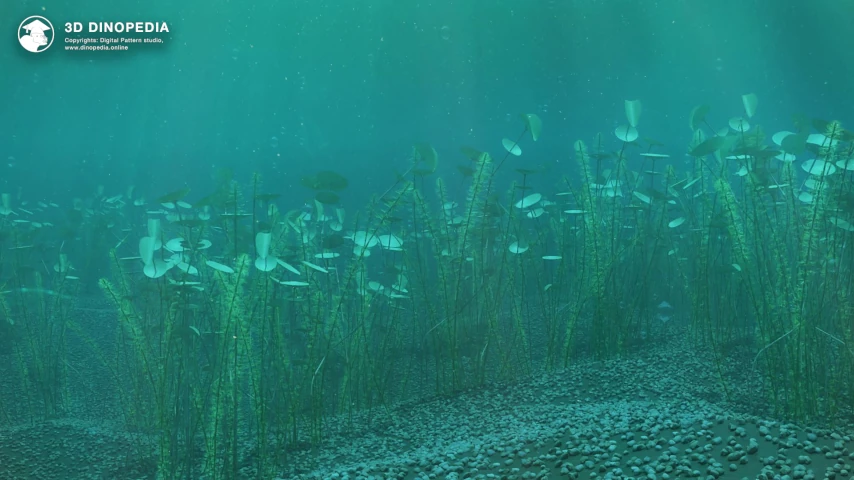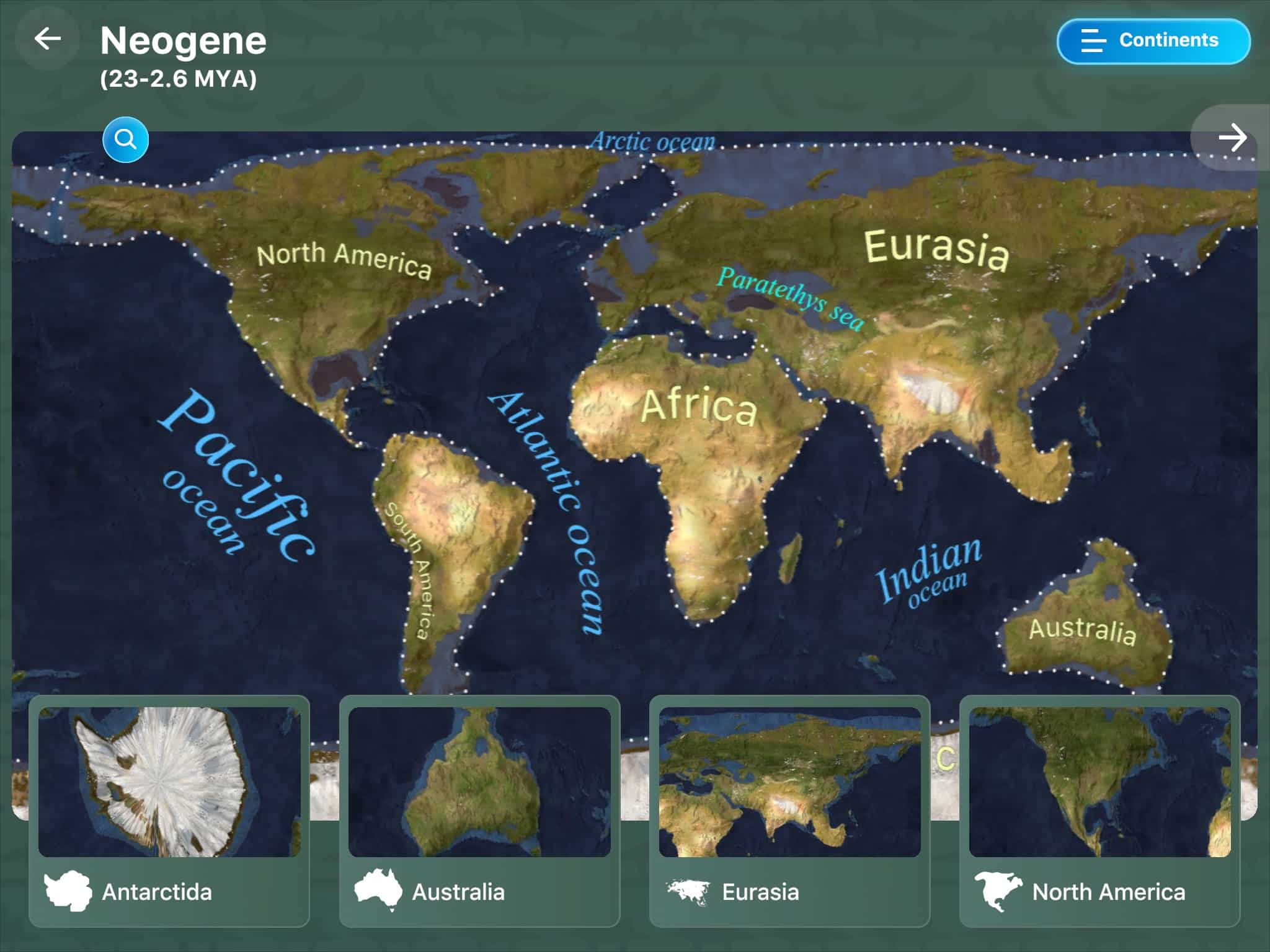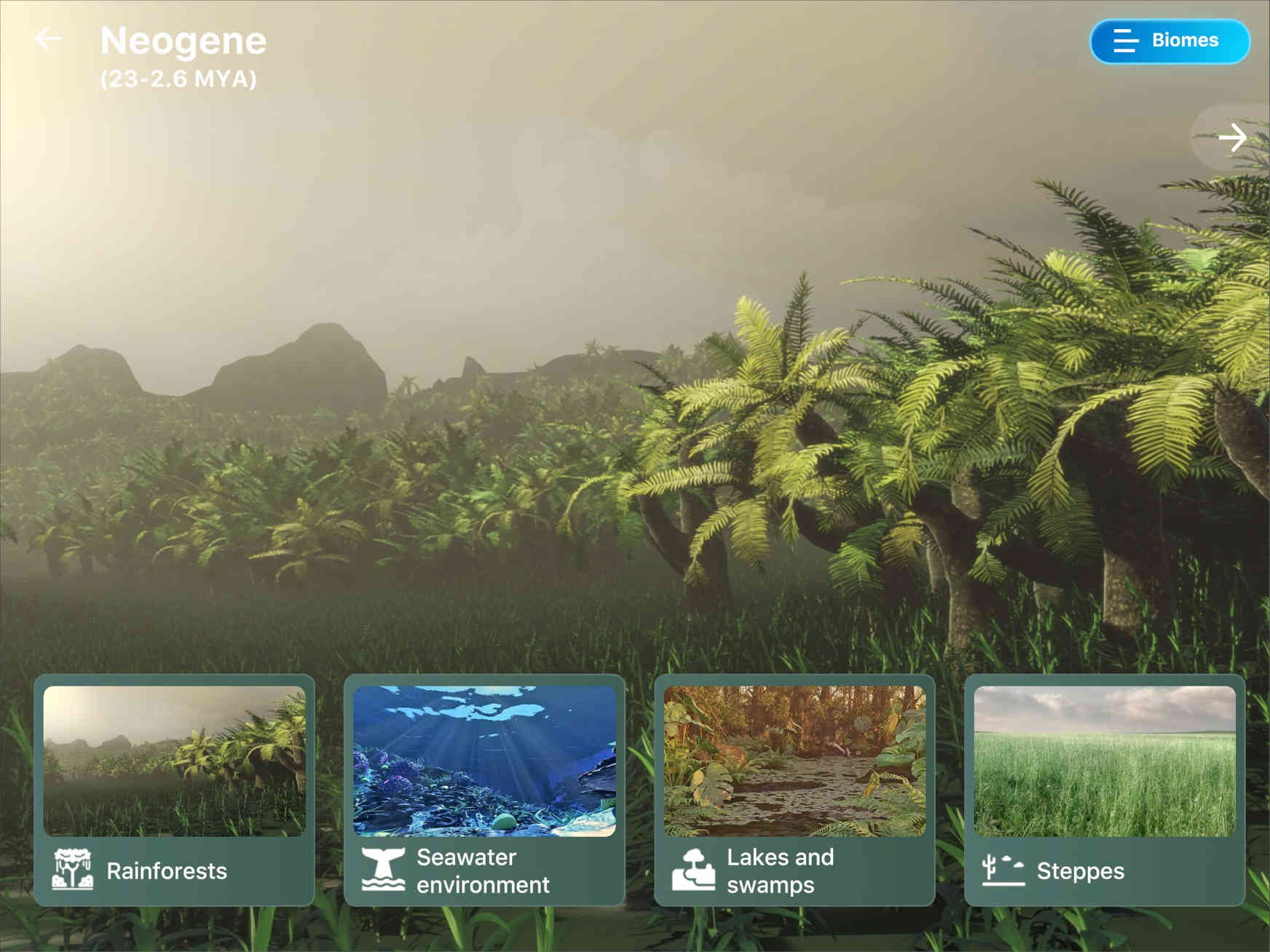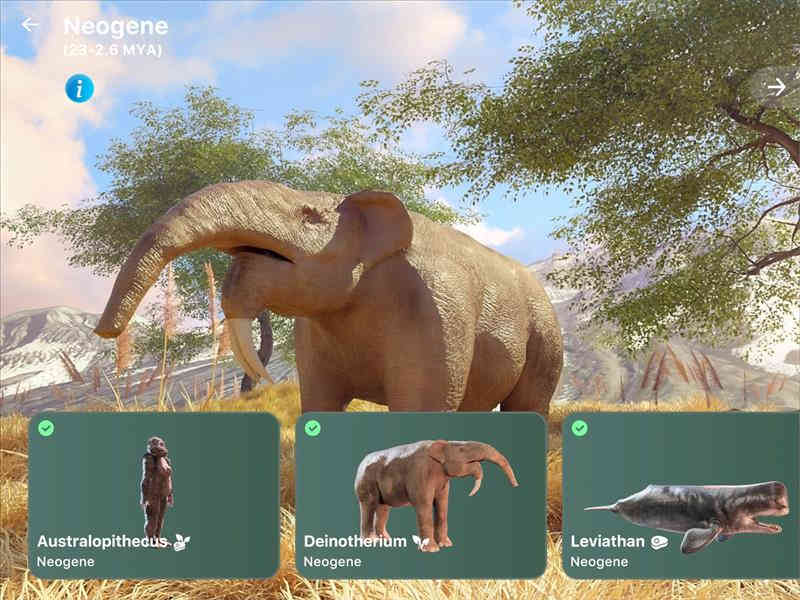Marine environment

During the Ordovician period, the seas remained the primary habitat for living creatures on Earth.
Algae continued to rule the plant world. Among them, the best-known are green algae, such as Kazakhstanelia and Dasyporella, and red algae, for instance, Solenopora.
The world of marine animals was astoundingly diverse, matching the modern one. Remarkable mollusks, with massive straight shells reaching several meters in length, roamed the vast waters. Mysterious trilobites, resembling beetles, burrowed in marine silt, foraging for food particles. Fascinating echinoderms - sea urchins, stars, lilies, and species unlike contemporary sea bladders (Cystoidea), sea buds (Blastoidea), Bolboporites, and Ophiocistioidea spread through shallow waters, some crawling on the bottom, others attaching to the substrate, forming spectacular growths that resembled living, writhing forests.
Invertebrates with shells and carapaces continued to rule the ancient oceans, but ancient vertebrates were i...
Algae continued to rule the plant world. Among them, the best-known are green algae, such as Kazakhstanelia and Dasyporella, and red algae, for instance, Solenopora.
The world of marine animals was astoundingly diverse, matching the modern one. Remarkable mollusks, with massive straight shells reaching several meters in length, roamed the vast waters. Mysterious trilobites, resembling beetles, burrowed in marine silt, foraging for food particles. Fascinating echinoderms - sea urchins, stars, lilies, and species unlike contemporary sea bladders (Cystoidea), sea buds (Blastoidea), Bolboporites, and Ophiocistioidea spread through shallow waters, some crawling on the bottom, others attaching to the substrate, forming spectacular growths that resembled living, writhing forests.
Invertebrates with shells and carapaces continued to rule the ancient oceans, but ancient vertebrates were i...

 3D BIOMES
3D BIOMES










